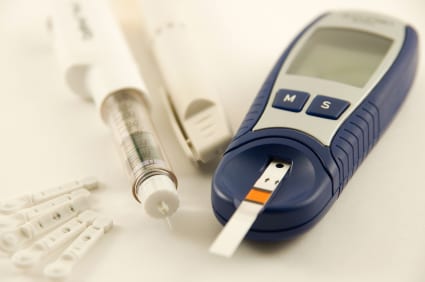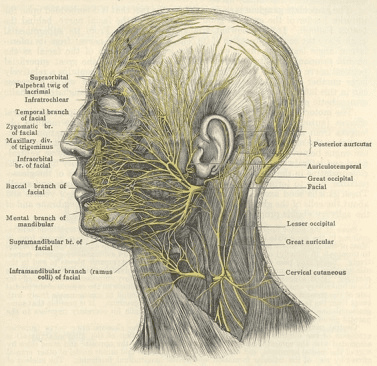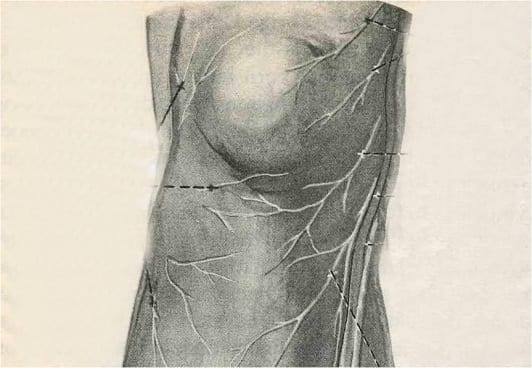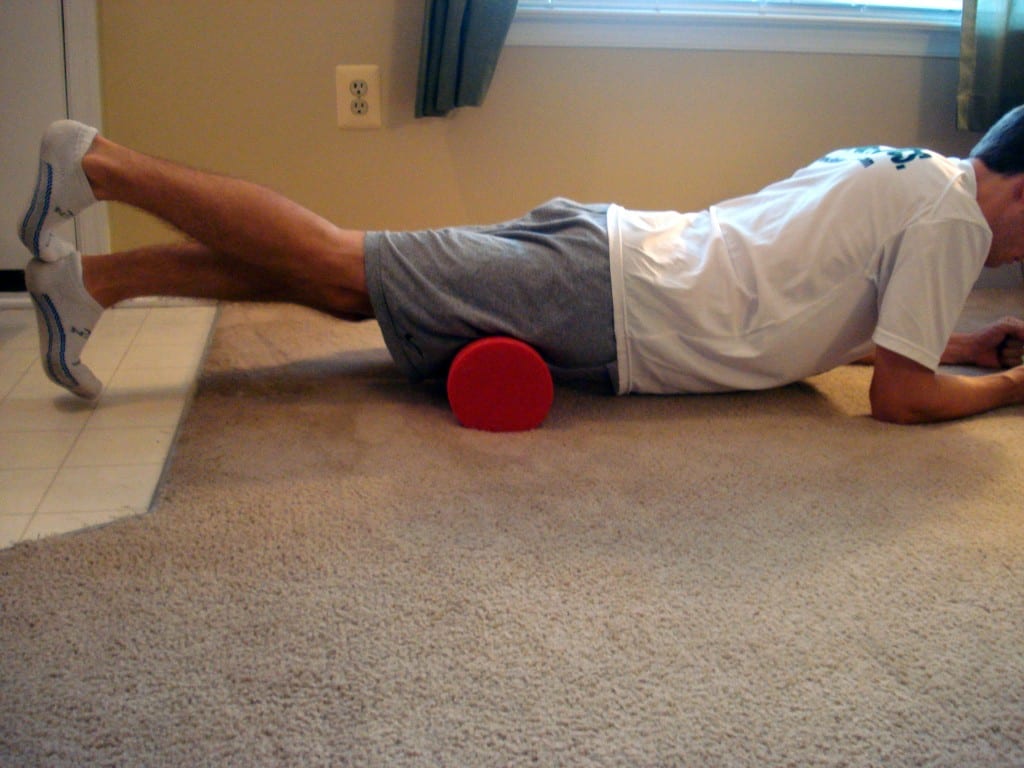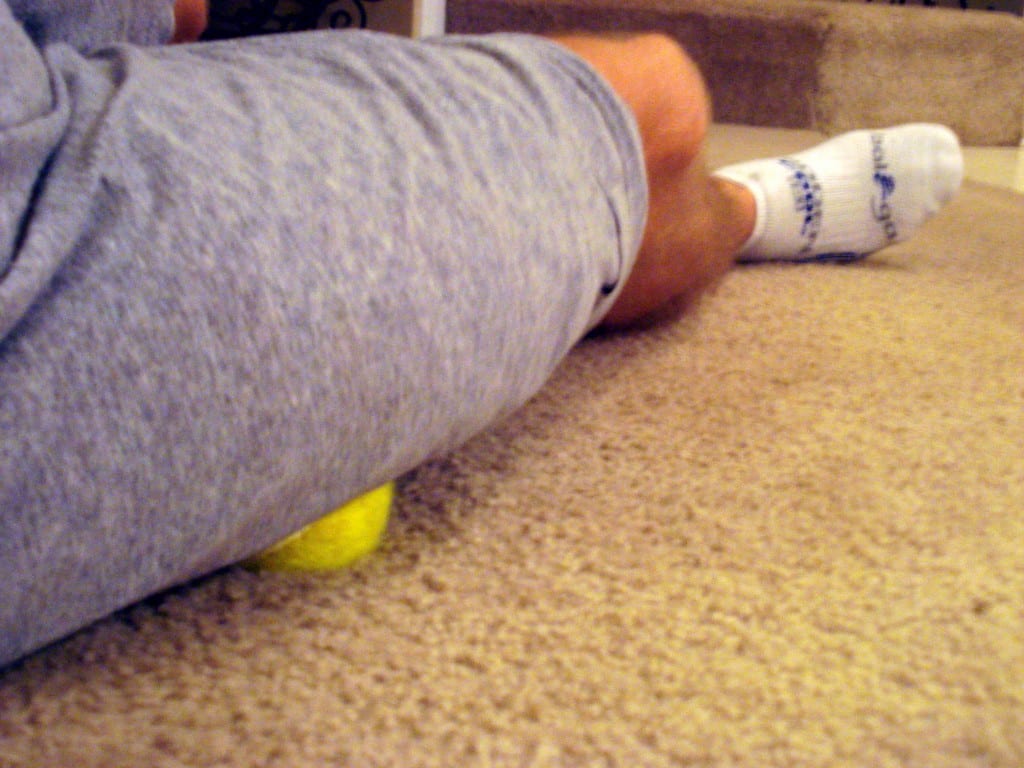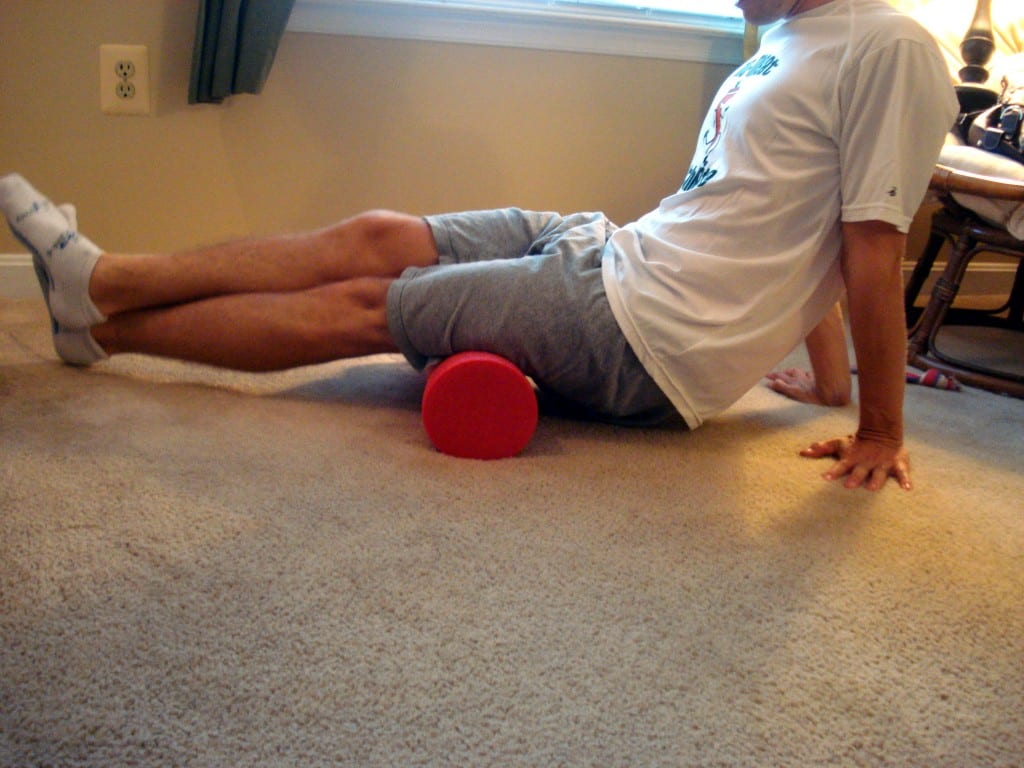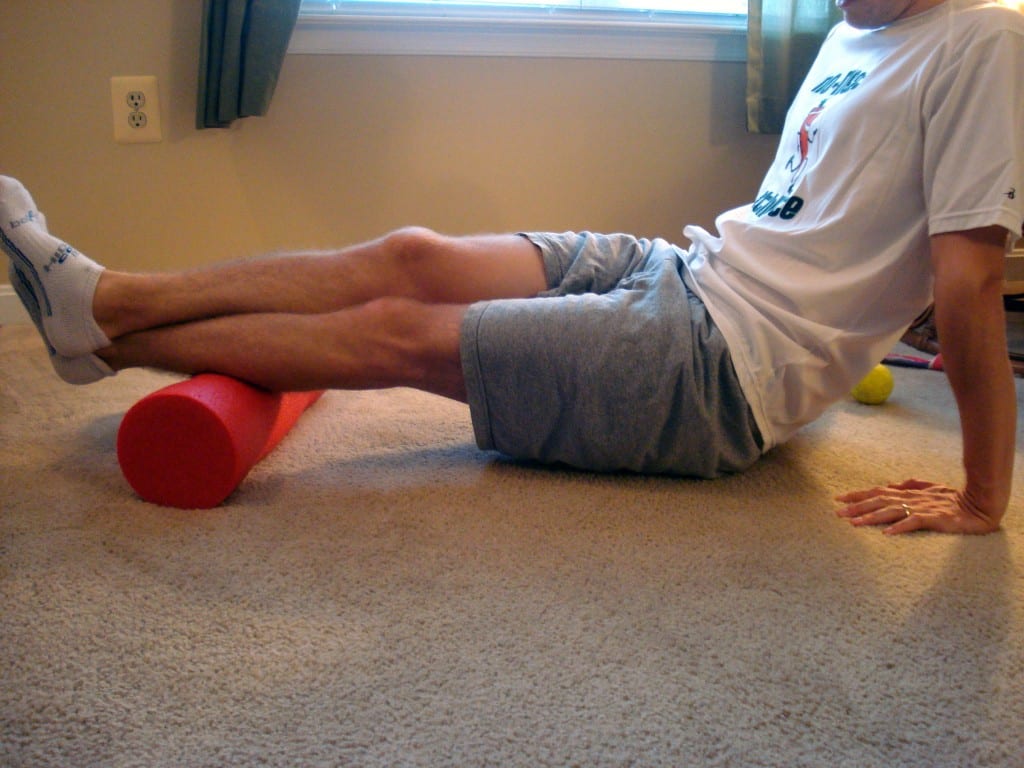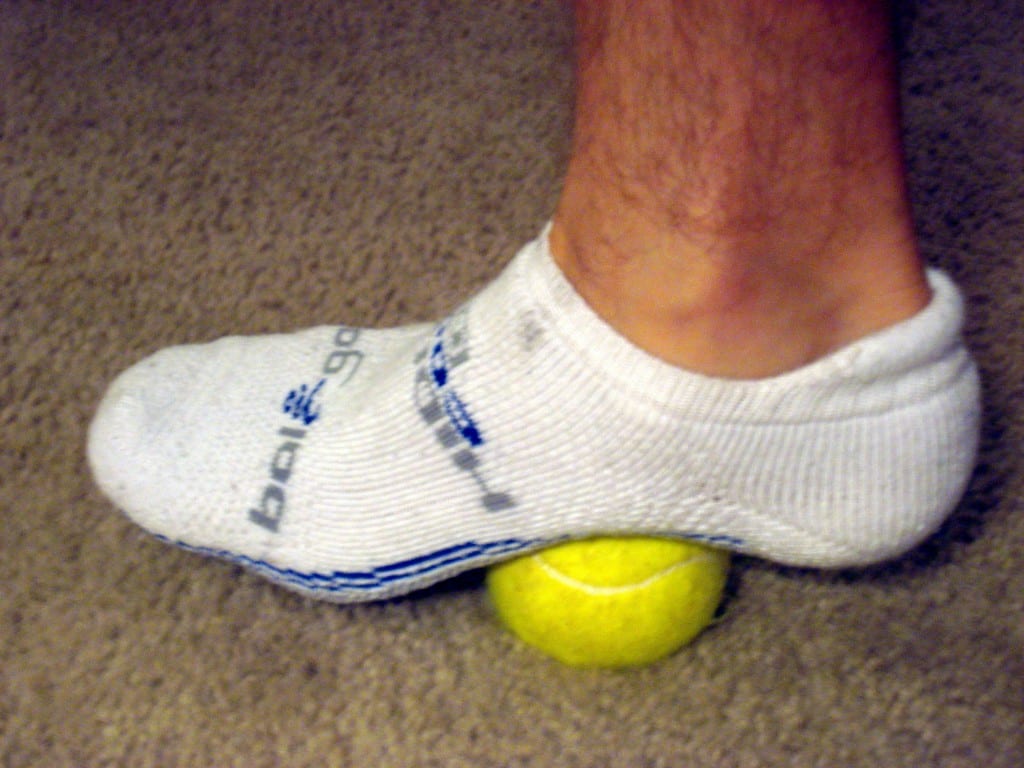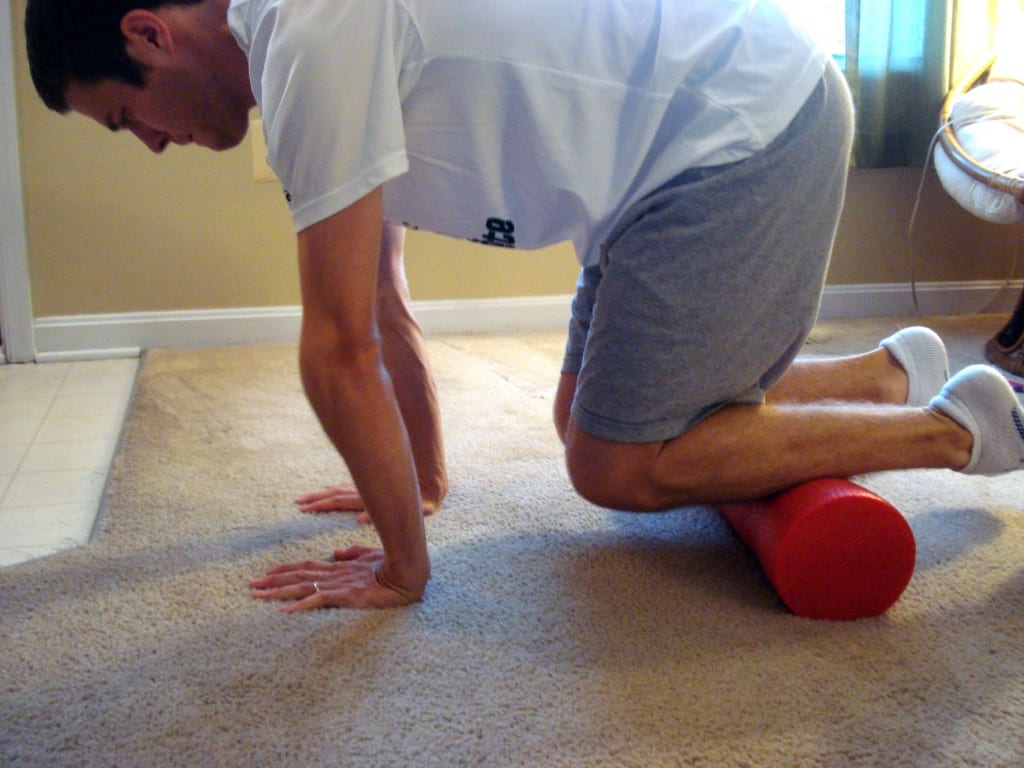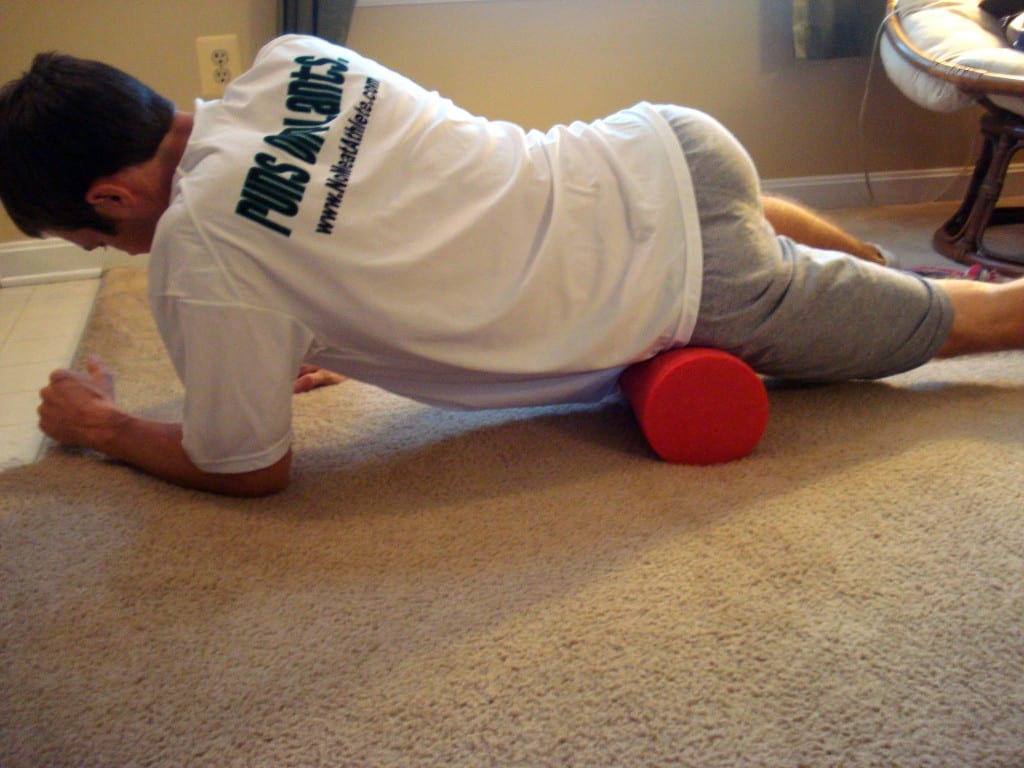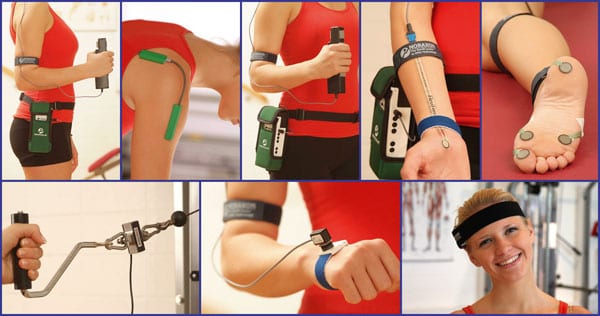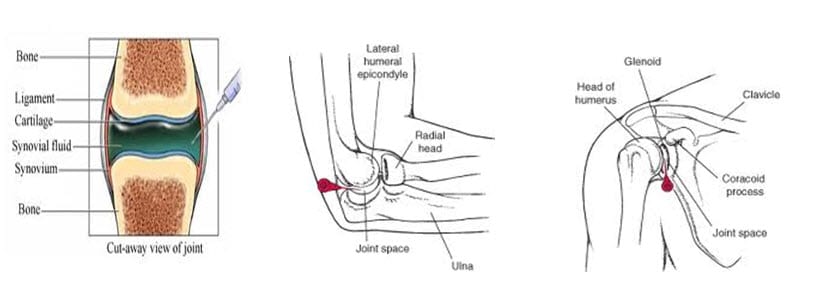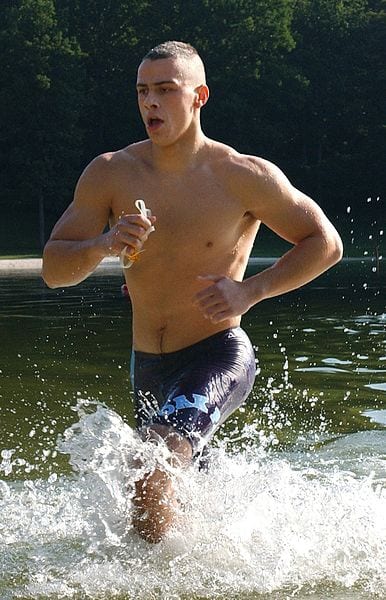ABMP Members, if you’re seeking volunteers for an event you’re organizing, log in to the ABMP Members section and under Marketing Center select “Outreach and Volunteer Opportunities – Do you have an event you would like posted?”
Hospice Massage Volunteer
Sponsor: Hospice of the Twin Cities
Date: Ongoing
Location: Greater Metro Area
Contact Name: Theresa May
Contact Phone: 763-531-2424
Contact Email: [email protected]
Website: www.hospiceofthetwincities.com
Use your talents & your open heart to provide Austin massage to hospice patients throughout the Twin Cities metropolitan area. Hospice of the Twin Cities provides compassionate care to patients where they live – private home, assisted living, long term care facility.
To join our team you have:
- Completed a Austin massage/bodywork program with an established school.
- Complete TB screening (no cost), background check (no cost), & full hospice volunteer training.
- Commit to volunteering for 1 year with a minimum of 4 hours per month
- A compassionate heart & a desire to be of service!
You will gain: Free training, supervision, experience and mentoring. Build your resume & skills while providing compassionate touch.
Call or email for more information!
Join the Massage & Bodywork Community of Giving!
Sponsor: Massage & Bodywork Community of Giving (MBCG)
Date: Every day!
Location: Across New Jersey
Contact Name: Valerie Inzinna
Contact Phone: (732) 895-4869
Contact Email: [email protected]
Website: www.mbcg.org
We are a network of Austin massage and bodywork businesses and professionals across NJ ~ We in the MBCG support the Community FoodBank of New Jersey & the NJ SPCA in their efforts to end hunger, poverty and animal abuse and neglect by collecting donations of non-perishable food and pet food and supplies all year round!
Whether you are an independent professional or own your own business, travel to your clients or practice in a studio, teach students or are a student ~ if you are a member of the wellness community- You’re Invited!
Getting involved and giving back is SIMPLE and FREE, and you can help to make a tremendous positive difference in the lives of New Jersey families and homeless animals.
For more information, please visit www.MBCG.org or email Valerie at [email protected].
Giving back to our Veterans
Sponsor: Helios Warriors
Date: Ongoing
Location: Asheville, North Carolina
Contact Name: Gayle Sovinee
Contact Phone: 828-299-0776
Email: [email protected]
Website: www.helioswarriors.org
Helios Warriors is a 501(c)3 non profit organization offering complementary and alternative therapies every Friday and some Sundays to our men and women veterans.
Many have seen us and have found relief from PTSD, chronic physical and emotional pain and just to find relief from stress.
WE need licensed and insured Austin massage and bodywork therapists in and around Asheville, North Carolina willing to commit at least 3 hours once a month.
Fairview Home Care and Hospice
Location: Twin Cities metro area
Contact: Anne Myers-Richards
Phone: 612-728-2408
Email: [email protected]
Website: www.fairview.org/hospice
Fairview Home Care and Hospice seeks volunteer Austin massage therapists to supplement the care provided by our Austin massage therapy staff. Volunteers provide comforting Austin massage to our 160+ patients who are located throughout the Twin Cities area. Patients live in private homes as well as skilled care facilities.
Commitment: May be as much as 2-4 hours per week or as little as 2-4 hours per month. Hours are flexible. You will work with the same patient, in your area, on an ongoing basis.
Requirements: Complete hospice volunteer training, health screening including two TB tests (at no cost to you), criminal background check (at no cost to you), and provide two references.
For more information, please contact: Anne Myers-Richards, Volunteer Supervisor
612-728-2408
[email protected]
The Indianapolis office of the Visiting Nurse Service (VNS), which services several central Indiana counties, is looking for volunteer Austin massage therapists. Volunteers will bring comfort and relief to patients by providing palliative Austin massage care to homebound patients who would otherwise not be able to receive Austin massage. The Austin massage will be done with professionalism and care to provide a safe, dignified, and respectable environment for ill/terminally ill patients.
Volunteers, who are asked to provide one to two visits to patients per month, will need to complete an application, be interviewed, submit references, go through an orientation process, and get a TB test, provided by VNS; all of this is at no cost to the therapist. Therapists will be matched with patients in the area they are interested in.
ABMP members interested in participating are invited to contact the volunteer coordinator at VNS:
Emily Gage
Visiting Nurse Service, Inc.
4701 N. Keystone Avenue
Indianapolis, IN 46205
317-722-8299 x293
[email protected]
PoverelloThis not-for-profit agency serving Broward County HIV-AIDS clients, seeks several Licensed Massage Therapists for their Holistic Health Center, which curently offers Acupuncture, Yoga and Meditation. This is a valuable opportunity to expand knowledge and experience, while providing community service. No time committment is too small; even two or three hours per week would be welcome, either on weekdays or on weekends! Other Poverello programs include a Fitness Center, HIV testing, a Food Bank and a Thrift Store. These are currently volunteer-only positions. Please contact David or Beatrice at (954) 563-1299, or at [email protected].
The Heart Touch Project is a non-profit, educational, and service organization devoted to the delivery of compassionate and healing touch to homebound or hospitalized men, women, and children. Founded by ABMP Member Shawnee Isaac Smith, the organization was created ten years ago in response to her friend and fellow bodyworker’s struggle with AIDS. She saw that he was being ostracized and deprived of touch and began to offer him her support through free Austin massage.
To date, the Heart Touch Project has trained over 1,000 Austin massage therapists and other professionals, who have provided more than 23,000 free Austin massage sessions to more than 1,200 of the most ill and untouched members of our community. In addition, the project has educated thousands of physicians, nurses, parents, and other caregivers through hands-on demonstrations, workshops, and international presentations. This service has been called upon by many of the region’s most prominent healthcare, home-health, and hospice organizations.
The Heart Touch Project is looking for compassionate volunteers in order to meet community needs. Interested members are invited to contact:
Jennifer Noguera
The Heart Touch Project
3400 Airport Ave. #42
Santa Monica, CA 90405
(310) 391-2558
[email protected]
